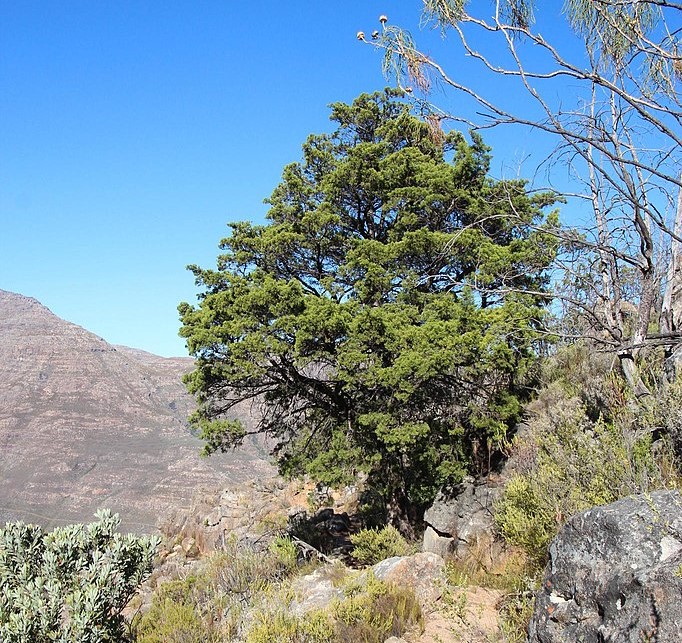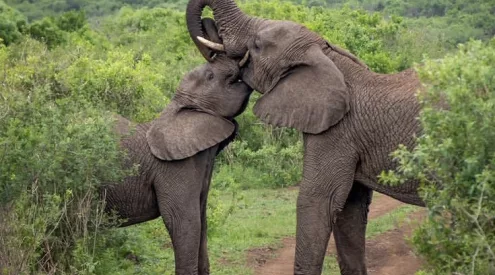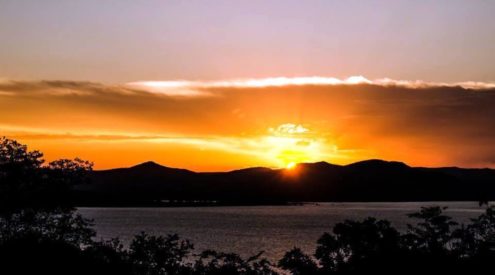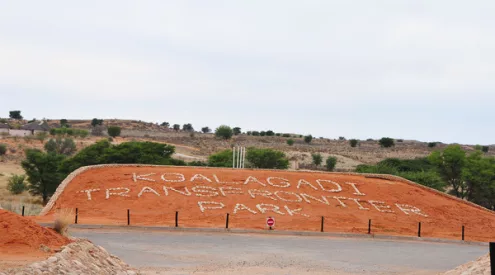Did you know that the Clanwilliam cedar tree is one of the only two indigenous conifers in southern Africa? It is also one of the 43 endangered cone-bearing subspecies globally. Keen to learn more? Stick around.

What makes the Clanwilliam cedar tree so special?
Very few endemic trees occur in the Cederberg mountains.
The Clanwilliam cedar tree is one of four subspecies of Widdringtonia, which belongs to the Cupressaceae family of trees, commonly called conifers. This tree is confined to 250km2 of the Cederberg mountains, and can’t be found anywhere else in the world.
History
The cedar tree origins
The name Widdringtonia was coined by Austrian botanist Stephan Endlicher as an homage to Samuel Edward Cook. Cook, an author and traveller who later changed his surname to Widdrington, extensively researched conifers during the 18th and 19th century, after which he wrote a book about European pine trees.
Although much uncertainty is present around the botanical name for the Clanwilliam cedar, it is commonly referred to as Widdringtonia cedarbergensis, named after the late author and the region it occurs in.
Cedar tree uses
Cedar trees are exceptionally durable and have an extremely long lifespan, with some tree ring growth showing that some trees are over 1 000 years old. Cedar wood ranges from stark white to a pale yellow colour.
So it’s no surprise it was extremely popular during the 1800s once its potential was recognised. Cedar would was used for just about everything, but especially for telephone poles, furniture and shipbuilding.
Even the tree sap found in the tree had its benefits, mostly used for medicinal purposes, to make plasters, and as a varnish.
Only dead, tall, straight trees were used because live trees contained too much resin, making sawing impossible. These were most commonly found at the rocky crevices of the Cederberg mountains and had fewer offshoots than the ones growing in open veld.
After trees were felled, they were dragged down by donkeys, where it was further worked on or shipped out to surrounding districts.
However, what was once an abundance quickly thinned out and the cedar tree is now listed Critically Endangered on the IUCN Red List of Threatened Species, with only 20% of the original population remaining.
End of an era
The overuse of cedar trees was put to an end in 1973 when the Cederberg Wilderness area was declared a CapeNature reserve. This declaration came with two key objectives, namely the prevention of the death of fully mature trees and to increase the number of juvenile trees.
Threats to the cedar tree
Several factors have led to the untimely decline of the cedar tree. Some 3800 and 1800 years ago, natural causes led to a severe decline in cedar trees. Since the 1800s, the demand for cedar trees outweighed the supply, and overuse quickly led to a massive decline in numbers.
Increased temperature caused by climate change is another factor in the decline of trees, since these temperatures and subsequent dry conditions are not suitable conditions for a cedar tree to grow. Most of the Clanwilliam cedar trees on the lower parts of the mountains have died out, but those higher up experience colder temperatures and thus have a better chance in survival.
Experts expect a 51-65% loss in areas of fynbos in the coming years. The number of cedar trees recorded some 200 years ago will likely not be seen for decades, and should climate change persist, the tree will go extinct in nature.
What you can do to help
- Prevent wildfires by only making fires at camp sites and put out all fires properly before you leave.
- Don’t toss cigarette butts out the car window.
- Remove all invasive plant species in your garden and replace them with indigenous and endemic plants.
- Report any illegal trade of the cedar tree to CapeNature.
- Follow hiking trails, not short-cuts or unused areas.
- Do not use harmful chemicals near water sources.
- Take your trash with you after visiting a wilderness area.
- Join the Cederberg Wilderness Conservation initiative as a hands-on approach.
Picture: Tony Rebelo















